Toothpaste hacks and uses – who knew this everyday essential held so many secrets? I certainly didn’t until I started digging! We all know toothpaste for its primary purpose: keeping our pearly whites sparkling. But believe it or not, this minty marvel has a fascinating history, dating back to ancient civilizations who used crushed bones and oyster shells to clean their teeth. Fast forward to today, and we’re not just brushing with it; we’re using it to solve a myriad of household problems!
Have you ever been frustrated by a stubborn stain, a scratched phone screen, or tarnished silverware? Well, you’re in for a treat! This article is packed with ingenious toothpaste hacks and uses that will transform the way you see this humble tube. Forget expensive cleaning products and specialized tools; toothpaste might just be the only thing you need. I’m going to show you how to save money, time, and effort with these simple yet effective DIY tricks. Get ready to be amazed by the unexpected power of your toothpaste!
Why do you need these DIY tricks? Because life is too short to spend hours scrubbing or throwing away items that can be easily restored! These hacks are perfect for anyone looking to simplify their life, save some cash, and discover the hidden potential of everyday items. Let’s dive in and unlock the amazing versatility of toothpaste together!
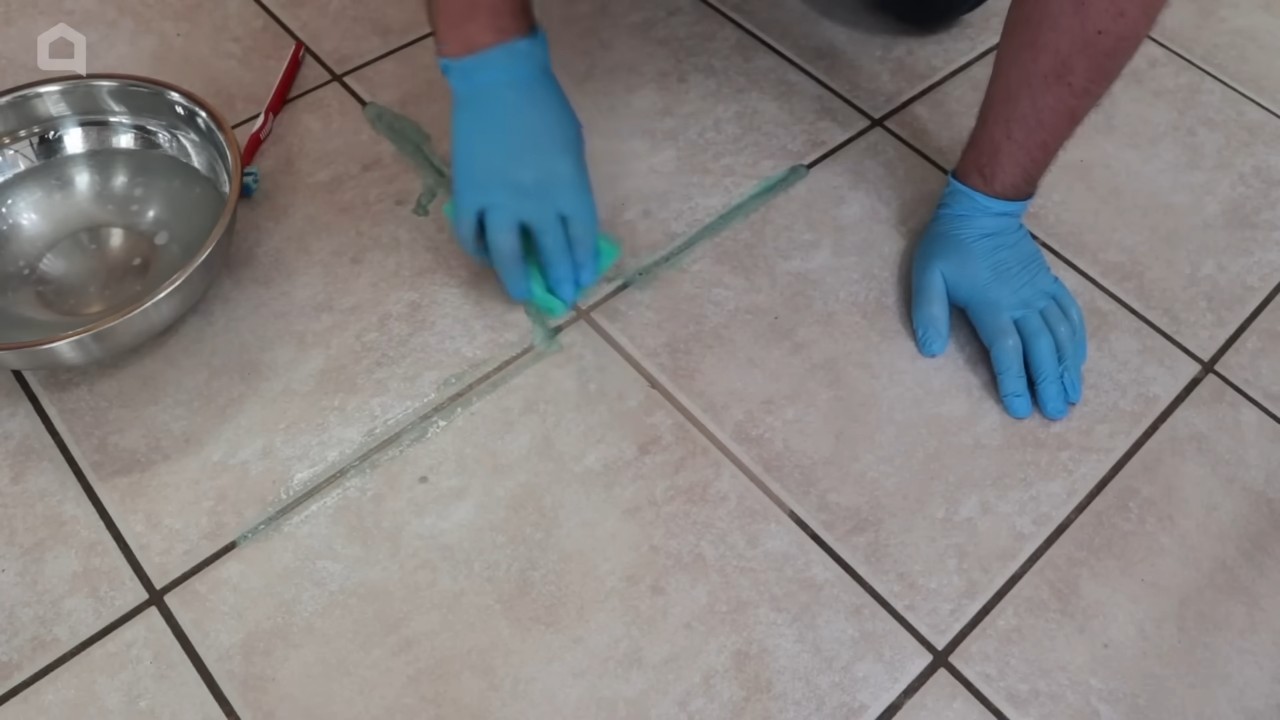
Unlock the Magic: Unexpected Toothpaste Hacks You Need to Know!
Hey there, fellow DIY enthusiast! I’m about to spill the beans on some seriously cool toothpaste hacks that go way beyond just keeping your pearly whites sparkling. Get ready to be amazed at the versatility of this everyday item! I’ve personally tried and tested all of these, and trust me, they’re game-changers.
Cleaning Powerhouse: Toothpaste to the Rescue!
Toothpaste isn’t just for teeth; it’s a surprisingly effective cleaner for a variety of household items. The mild abrasives and detergents in toothpaste can work wonders on stubborn stains and grime.
Polishing Silverware and Jewelry
Tarnished silver can look dull and lifeless. But don’t worry, toothpaste is here to bring back the shine!
What you’ll need:
* Toothpaste (non-gel, plain white is best)
* Soft cloth
* Water
Step-by-step instructions:
1. Apply a small amount of toothpaste: Squeeze a pea-sized amount of toothpaste onto a soft cloth.
2. Gently rub the silver: Gently rub the tarnished areas of your silverware or jewelry with the toothpaste-covered cloth. Use circular motions and apply light pressure.
3. Rinse thoroughly: Rinse the item thoroughly with warm water to remove all traces of toothpaste.
4. Dry and buff: Dry the item completely with a clean, soft cloth. Buff it to a brilliant shine.
Cleaning Chrome Fixtures
Water spots and soap scum can make chrome fixtures look dingy. Toothpaste can restore their sparkle.
What you’ll need:
* Toothpaste (non-gel, plain white is best)
* Soft cloth or sponge
* Water
Step-by-step instructions:
1. Apply toothpaste to the fixture: Apply a small amount of toothpaste directly to the chrome fixture.
2. Rub gently: Use a soft cloth or sponge to gently rub the toothpaste over the surface of the fixture.
3. Rinse well: Rinse the fixture thoroughly with water to remove all the toothpaste.
4. Dry and polish: Dry the fixture with a clean, soft cloth to reveal a sparkling shine.
Removing Scuff Marks from Leather Shoes
Those annoying scuff marks on your leather shoes can be easily removed with a little toothpaste.
What you’ll need:
* Toothpaste (non-gel, plain white is best)
* Soft cloth
* Water
Step-by-step instructions:
1. Apply toothpaste to the scuff mark: Apply a small amount of toothpaste directly to the scuff mark.
2. Gently rub: Gently rub the toothpaste into the scuff mark with a soft cloth.
3. Wipe clean: Wipe away the toothpaste with a damp cloth.
4. Dry: Allow the area to dry completely.
Cleaning Your Iron
Burnt residue on your iron can transfer to your clothes. Toothpaste can help remove it.
What you’ll need:
* Toothpaste (non-gel, plain white is best)
* Soft cloth
* Water
Step-by-step instructions:
1. Make sure the iron is cool and unplugged: This is crucial for safety!
2. Apply toothpaste to the cool iron plate: Apply a thin layer of toothpaste to the cool iron plate, focusing on the burnt areas.
3. Rub gently: Gently rub the toothpaste over the plate with a soft cloth.
4. Wipe clean: Wipe away the toothpaste with a damp cloth.
5. Dry: Dry the iron plate thoroughly before using it again.
Cleaning White Sneakers
White sneakers looking a little worse for wear? Toothpaste can brighten them up!
What you’ll need:
* Toothpaste (non-gel, plain white is best)
* Old toothbrush
* Water
Step-by-step instructions:
1. Apply toothpaste to the sneakers: Apply toothpaste to the dirty areas of your white sneakers.
2. Scrub with a toothbrush: Use an old toothbrush to scrub the toothpaste into the fabric or rubber.
3. Rinse thoroughly: Rinse the sneakers thoroughly with water to remove all traces of toothpaste.
4. Air dry: Allow the sneakers to air dry completely.
Beauty Boosters: Toothpaste for Skin and Nails
Believe it or not, toothpaste can also be used for some surprising beauty hacks. However, it’s important to use these sparingly and with caution, as toothpaste can be drying and irritating to sensitive skin.
Spot Treatment for Pimples
This is probably the most well-known toothpaste hack. The ingredients in toothpaste can help dry out pimples and reduce inflammation.
What you’ll need:
* Toothpaste (non-gel, plain white is best)
* Cotton swab
Step-by-step instructions:
1. Cleanse the area: Gently cleanse the area around the pimple.
2. Apply a small amount of toothpaste: Using a cotton swab, apply a small amount of toothpaste directly to the pimple.
3. Leave it on overnight: Leave the toothpaste on overnight.
4. Rinse in the morning: Rinse the toothpaste off with water in the morning.
Important Note: Do not use toothpaste on open wounds or irritated skin. If you have sensitive skin, test a small area first. Don’t use whitening toothpaste, as it can be too harsh.
Nail Whitening
Toothpaste can help remove stains from your nails, making them look brighter and healthier.
What you’ll need:
* Toothpaste (non-gel, plain white is best)
* Old toothbrush
Step-by-step instructions:
1. Apply toothpaste to your nails: Apply a small amount of toothpaste to your nails.
2. Scrub gently: Use an old toothbrush to gently scrub your nails.
3. Rinse thoroughly: Rinse your nails thoroughly with water.
Household Helpers: Toothpaste for Everyday Problems
Toothpaste can also be used to solve some common household problems.
Removing Crayon Marks from Walls
Kids love to express their creativity, but sometimes that creativity ends up on the walls. Toothpaste can help remove crayon marks without damaging the paint.
What you’ll need:
* Toothpaste (non-gel, plain white is best)
* Soft cloth
Step-by-step instructions:
1. Apply toothpaste to the crayon marks: Apply a small amount of toothpaste to the crayon marks.
2. Gently rub: Gently rub the toothpaste over the crayon marks with a soft cloth.
3. Wipe clean: Wipe away the toothpaste with a damp cloth.
Defogging Bathroom Mirrors
Tired of foggy mirrors after a hot shower? Toothpaste can help prevent fogging.
What you’ll need:
* Toothpaste (non-gel, plain white is best)
* Soft cloth
* Water
Step-by-step instructions:
1. Apply a thin layer of toothpaste: Apply a thin layer of toothpaste to the mirror.
2. Rub it in: Rub the toothpaste into the mirror with a soft cloth.
3. Wipe clean: Wipe away the toothpaste with a clean, damp cloth.
Soothing Minor Burns
Toothpaste can provide temporary relief from minor burns. The cooling sensation can help soothe the pain.
What you’ll need:
* Toothpaste (non-gel, plain white is best)
Step-by-step instructions:
1. Apply toothpaste to the burn: Apply a thin layer of toothpaste to the minor burn.
2. Leave it on: Leave the toothpaste on until the pain subsides.
3. Rinse gently: Rinse the area gently with cool water.
Important Note: This is only for minor burns. For severe burns, seek medical attention immediately.
Removing Water Rings from Wood Furniture
Those pesky water rings on your wood furniture can be a real eyesore. Toothpaste can help remove them.
What you’ll need:
* Toothpaste (non-gel, plain white is best)
* Soft cloth
Step-by-step instructions:
1. Apply toothpaste to the water ring: Apply a small amount of toothpaste to the water ring.
2. Gently rub: Gently rub the toothpaste over the water ring with a soft cloth.
3. Wipe clean: Wipe away the toothpaste with a clean, damp cloth.
4. Polish: Polish the area with a furniture polish to restore the shine.
Important Considerations:
* Always
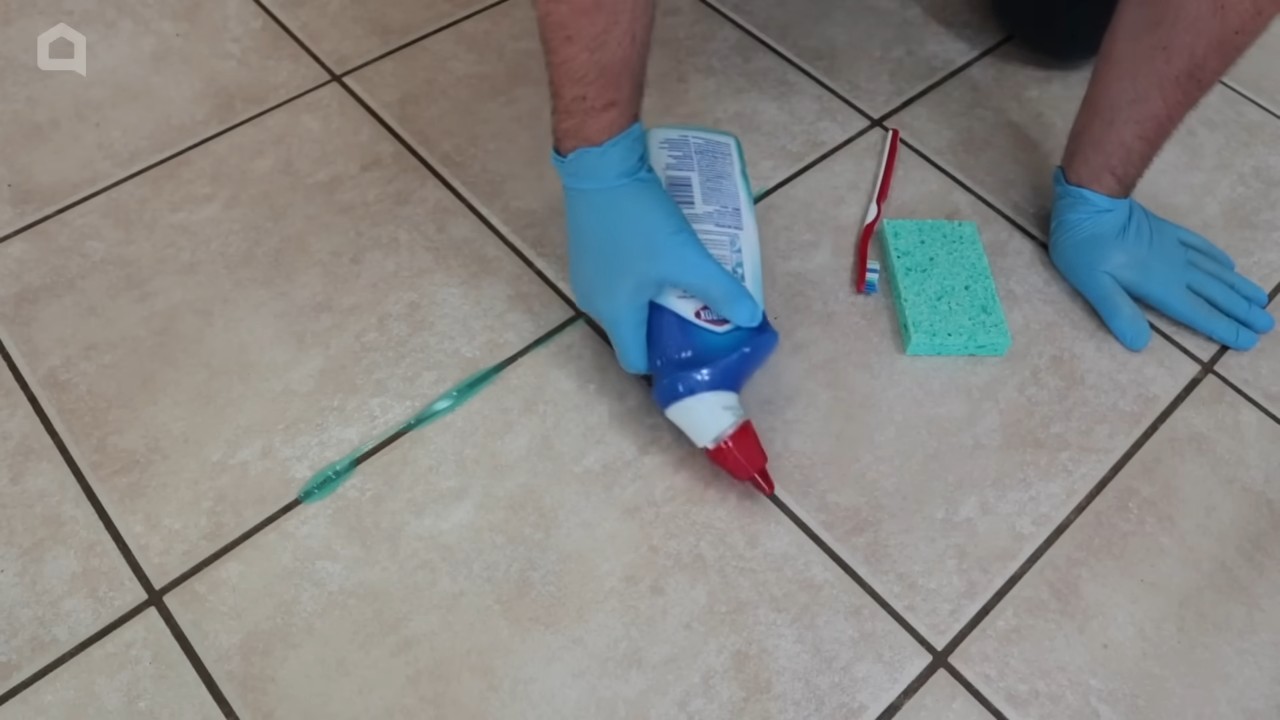
Conclusion
So, there you have it – a treasure trove of toothpaste hacks and uses that extend far beyond just keeping your pearly whites sparkling! We’ve explored how this everyday essential can be a surprisingly effective cleaning agent, a quick fix for minor skin blemishes, and even a lifesaver in certain household emergencies. The sheer versatility of toothpaste is truly remarkable, and incorporating these DIY tricks into your routine can save you time, money, and a trip to the store.
But why is this a must-try? Simply put, these toothpaste hacks are practical, accessible, and often more gentle than harsh chemical alternatives. Think about it: you already have toothpaste in your bathroom. Why not leverage its unique properties to tackle other common problems? From removing stubborn stains on your clothes to polishing silverware to a brilliant shine, the possibilities are endless. Plus, many of these uses are eco-friendlier than relying on specialized cleaning products filled with potentially harmful ingredients.
Don’t be afraid to experiment and find what works best for you. For instance, if you’re using toothpaste to clean jewelry, consider using a non-gel formula for optimal results. For stain removal on delicate fabrics, test a small, inconspicuous area first to ensure the toothpaste doesn’t cause any discoloration. You can even add a touch of baking soda to your toothpaste mixture for extra cleaning power when tackling tough grime. Another variation is to use whitening toothpaste for extra brightening power when cleaning white sneakers. Remember to always use a soft cloth or brush to avoid scratching surfaces.
We’ve only scratched the surface (pun intended!) of what toothpaste can do. The key is to be creative and resourceful. The next time you reach for that tube of toothpaste, remember its potential extends far beyond your teeth. Embrace the power of this simple yet effective product and discover the many ways it can simplify your life.
We wholeheartedly encourage you to try these toothpaste hacks and uses for yourself. You might be surprised at how effective and convenient they are. And most importantly, we want to hear about your experiences! Share your successes, your failures, and any new toothpaste tricks you discover in the comments below. Let’s build a community of resourceful individuals who are making the most of this everyday essential. Your insights could help others unlock the full potential of toothpaste and discover even more innovative ways to use it. So, go ahead, give these hacks a try, and let us know what you think! We can’t wait to hear from you.
Frequently Asked Questions (FAQ)
Is it safe to use toothpaste for all of these hacks?
Generally, yes, but with some caveats. It’s crucial to consider the surface you’re cleaning and the type of toothpaste you’re using. Abrasive toothpastes can scratch delicate surfaces like screens or certain types of jewelry. Always test in an inconspicuous area first, especially on fabrics or painted surfaces. Avoid using gel toothpastes for cleaning tasks where you need a more abrasive action. For skin applications, use a plain, non-whitening toothpaste to minimize the risk of irritation. If you have sensitive skin, consult a dermatologist before applying toothpaste to your face.
What kind of toothpaste works best for these hacks?
The best type of toothpaste depends on the specific hack. For cleaning tasks, a non-gel, white toothpaste is generally preferred because it contains mild abrasives that help remove dirt and grime. For whitening purposes (like cleaning sneakers), a whitening toothpaste can be more effective. Avoid using heavily flavored or colored toothpastes, as they may leave behind residue or stains. For skin applications, a plain, non-whitening toothpaste is recommended to minimize the risk of irritation. Always read the ingredient list to ensure the toothpaste doesn’t contain any ingredients you’re allergic to.
Can I use toothpaste to remove stains from all types of fabric?
No, toothpaste is not suitable for all types of fabric. It’s best used on durable fabrics like cotton or denim. Avoid using it on delicate fabrics like silk or wool, as the abrasives in toothpaste can damage the fibers. Always test a small, inconspicuous area first to ensure the toothpaste doesn’t cause any discoloration or damage. If the stain persists or you’re unsure about the fabric type, it’s best to consult a professional cleaner.
Will toothpaste damage my phone screen?
Yes, toothpaste can potentially damage your phone screen. The abrasives in toothpaste can scratch the screen, especially if it’s made of glass. It’s best to avoid using toothpaste to clean your phone screen. Instead, use a microfiber cloth and a screen cleaner specifically designed for electronic devices.
How do I remove toothpaste residue after using it for cleaning?
To remove toothpaste residue, simply wipe the area with a damp cloth. For stubborn residue, you can use a mild soap solution. Make sure to rinse the area thoroughly with clean water and dry it with a soft cloth. Avoid using harsh chemicals or abrasive cleaners, as they can damage the surface.
Is it safe to use toothpaste on my skin to treat acne?
While toothpaste can sometimes help dry out pimples, it’s not a recommended treatment for acne. Toothpaste can irritate the skin, causing redness, dryness, and even peeling. It can also clog pores and worsen acne in some cases. There are many other effective and safe acne treatments available, such as benzoyl peroxide and salicylic acid. If you have acne, it’s best to consult a dermatologist for personalized treatment recommendations.
Can I use toothpaste to polish silverware?
Yes, toothpaste can be used to polish silverware. Apply a small amount of toothpaste to a soft cloth and gently rub it onto the silverware. Rinse the silverware thoroughly with warm water and dry it with a soft cloth. Avoid using abrasive toothpastes, as they can scratch the silverware.
How often can I use toothpaste for these hacks?
The frequency of using toothpaste for these hacks depends on the specific application. For cleaning tasks, use it as needed. For skin applications, use it sparingly and only as a spot treatment. Avoid overusing toothpaste, as it can cause irritation or damage.
Are there any precautions I should take when using toothpaste for these hacks?
Yes, there are several precautions you should take:
* Always test in an inconspicuous area first.
* Avoid using abrasive toothpastes on delicate surfaces.
* Use a plain, non-whitening toothpaste for skin applications.
* Rinse the area thoroughly after using toothpaste.
* Avoid overusing toothpaste.
* Consult a professional if you’re unsure about the safety of using toothpaste on a particular surface.
Can I use expired toothpaste for these hacks?
While expired toothpaste may not be as effective for oral hygiene, it can still be used for many of these hacks. The cleaning and stain-removing properties of toothpaste remain even after the expiration date. However, if the toothpaste has hardened or become discolored, it’s best to discard it.

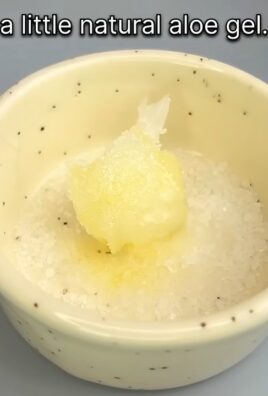
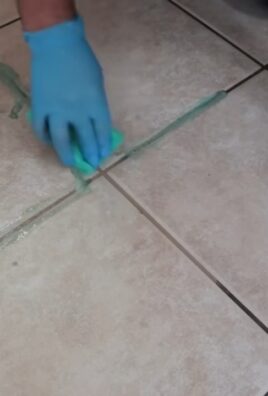
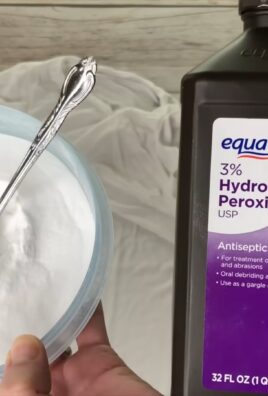
Leave a Comment